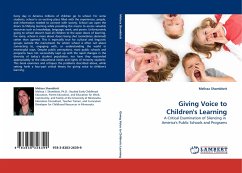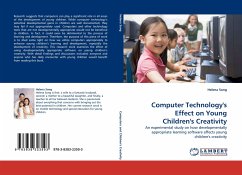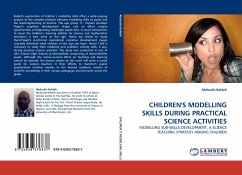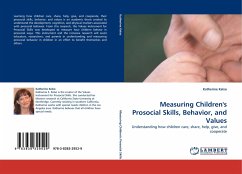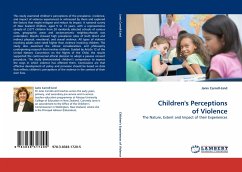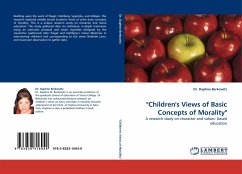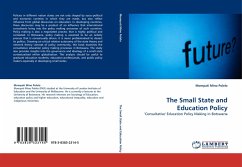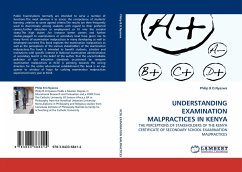
CHILDREN''S UNDERSTANDING OF RECTANGULAR SOLIDS MADE OF SMALL CUBES
in Relation to Volume Concept
Versandkostenfrei!
Versandfertig in 6-10 Tagen
32,99 €
inkl. MwSt.

PAYBACK Punkte
16 °P sammeln!
This study investigated fourth graders' understanding of rectangular solids made of small cubes through equal sharing activities involving cube buildings. A quasi-experimental design was utilized. In the first phase, clinical interviews were conducted individually to assess the level of functioning both in concrete and pictorial situations. In the second phase, they engaged in equal sharing of spatial constructions using drawings, concrete buildings, loose cubes, and colored pens. In the last phase, post-clinical interviews were conducted to probe their improvements. Students used three distin...
This study investigated fourth graders' understanding of rectangular solids made of small cubes through equal sharing activities involving cube buildings. A quasi-experimental design was utilized. In the first phase, clinical interviews were conducted individually to assess the level of functioning both in concrete and pictorial situations. In the second phase, they engaged in equal sharing of spatial constructions using drawings, concrete buildings, loose cubes, and colored pens. In the last phase, post-clinical interviews were conducted to probe their improvements. Students used three distinct conceptualizations for cube arrays depending on what they formed as a unit and how they structured the whole building. Initially, their structuring was distracted by the complexity of buildings and none of them used the same strategies consistently across the problems. During the instruction, they exhibited the same three conceptualizations. After the instruction, all students consistently used layering strategies regardless of the complexity of the buildings. Equal sharing situations paved the road in establishing units, composite units, and unit iteration.



